Salmonella is a group of Gram-negative, rod-shaped bacteria from the Enterobacteriaceae family. Salmonella is the most common factor causing bacterial diarrhea. The genus Salmonella includes two species:
The Salmonella Enteritidis serotype is most often responsible for food poisoning. When it enters the body, salmonella bacteria target the gastrointestinal mucosa, usually resulting in mild cases of diarrhea that don't need treatment. However, due to the bacteria's capability of attacking from within, the disease can get worse and necessitate the usage of antibiotics.
Salmonella Typhi is one of the most high-risk kinds of bacilli and is responsible for causing typhoid fever, which is a serious infectious disease. This particular kind of bacilli can only reproduce inside of a human body.
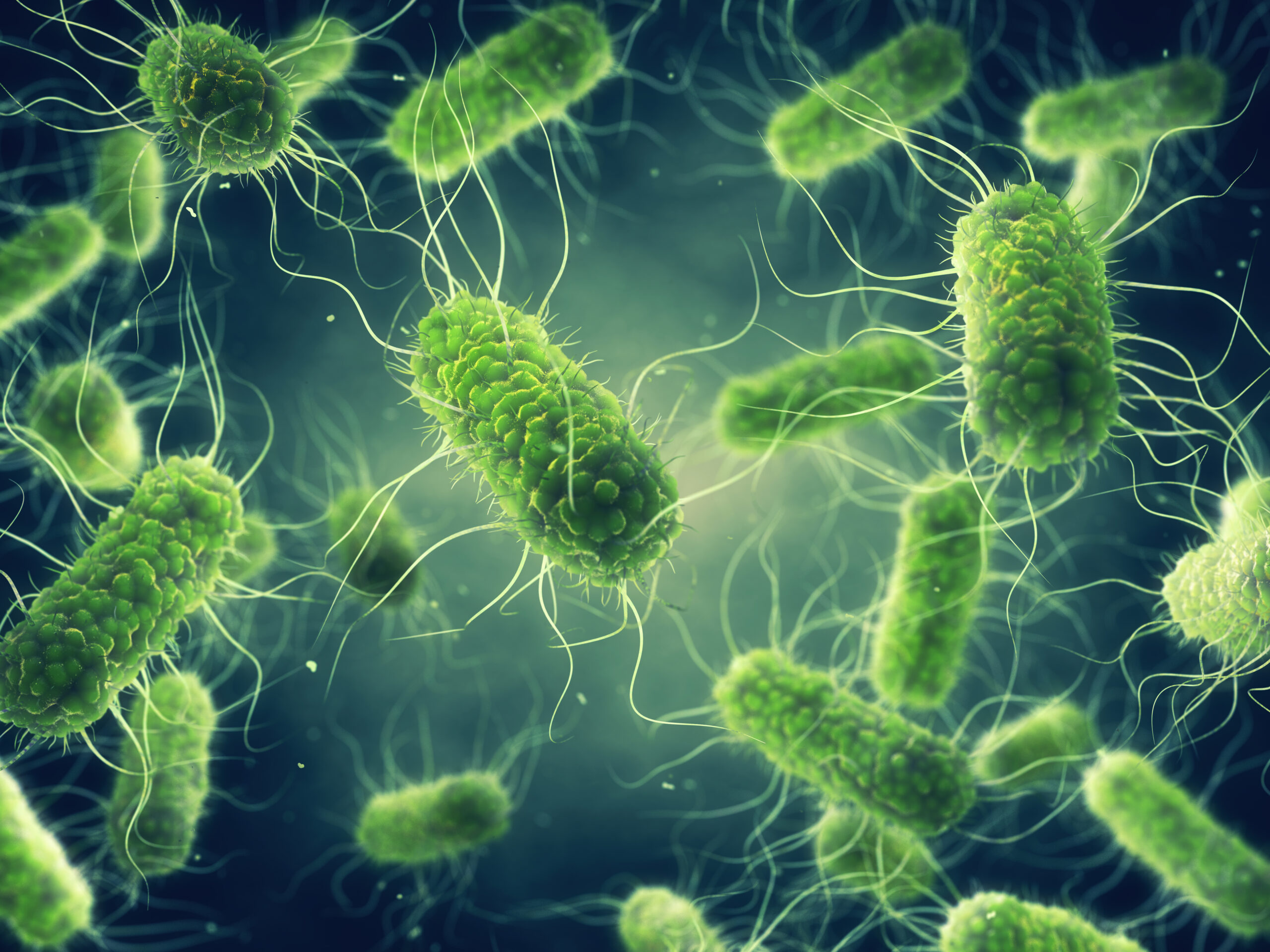
Both humans and animals can contract Salmonella, which is often found in domestic poultry, farmed pigs, and sheep, as well as household pets. Salmonella colonizes the digestive tract of an infected creature. Both symptomatic infection and chronic asymptomatic carriage of the bacteria are possible in humans. In both cases, such a person may infect others.
Salmonella infection may be transmitted through different routes![]() :
:
Every year, more than 90 million![]() gastroenteritis infections caused by Salmonella occur worldwide. The majority of cases are food-related. However, this data is underestimated as most conditions go away after a few days, so people with the illness are not visiting a doctor. Most people with diarrhea don’t know what germ caused their symptoms, which is why experts suspect that for every person with confirmed Salmonella infection, there are 30
gastroenteritis infections caused by Salmonella occur worldwide. The majority of cases are food-related. However, this data is underestimated as most conditions go away after a few days, so people with the illness are not visiting a doctor. Most people with diarrhea don’t know what germ caused their symptoms, which is why experts suspect that for every person with confirmed Salmonella infection, there are 30![]() who are not diagnosed.
who are not diagnosed.
Symptoms of Salmonella infection develop 10 to 72 hours after infection and last up to 7 days.
Salmonella infection most often manifests itself with gastrointestinal problems.
After entering the human digestive tract with food, bacteria travel to the final section of the small intestine and the initial section of the large intestine, where it starts an inflammatory response. From there, it can travel through the lymphatic system, finding its way to the lymph nodes, liver, and spleen. Those with weak immune systems are more likely to have a severe and widespread infection that has spread to other organs.
The most common symptoms of Salmonella infection are:

In people with weakened immunity![]() (e.g., those undergoing cancer treatment), the infection may take a more severe form:
(e.g., those undergoing cancer treatment), the infection may take a more severe form:
Doctors diagnose Salmonella infection based on:
Treatment of uncomplicated diarrhea during Salmonella infection is based primarily on alleviating symptoms and preventing dehydration.
Oral hydration involves drinking large amounts of fluids well-absorbed in patients with acute diarrhea.
A hydration fluid must include sodium and glucose. However, it should not have an excessive number of sugars. It would be incorrect to consume sugary soft drinks as this could worsen diarrhea instead of hydrating. The best action would be to opt for ready-made hydration liquids designed explicitly for oral hydration.
In addition to fluids specifically designed for hydration, patients can drink commonly available beverages, such as tea, herbal tea, and water, and eat easily digestible, slightly salted soups.

If the patient's condition allows it, he does not have to change his diet. In severe symptoms, the patient should be fed after adequate hydration.
An appropriate diet for someone suffering from diarrhea includes mostly items with low-fiber content,![]() such as rice, pasta, and white bread. Soup, bananas, cooked meats, and cooked vegetables comprise a good part of the diet. Eating several smaller meals throughout the day is best instead of one or two big ones. During the most severe phase of the illness, foods such as milk, fried items, and anything challenging to process must be avoided.
such as rice, pasta, and white bread. Soup, bananas, cooked meats, and cooked vegetables comprise a good part of the diet. Eating several smaller meals throughout the day is best instead of one or two big ones. During the most severe phase of the illness, foods such as milk, fried items, and anything challenging to process must be avoided.
Once the stools are correctly formed, the patient can return to a regular diet.

The use of antibiotics is not recommended for the treatment of an uncomplicated disease. Initiating such treatment may increase the risk of longer carrying the bacteria.
It is always the doctor who decides whether to introduce antibiotic treatment![]() . It may be necessary when the disease presents severe general and gastrointestinal symptoms, is accompanied by sepsis, or affects infants, older adults, and people with weakened immunity (e.g., people after transplants, people infected with HIV), who are particularly vulnerable and at risk of dehydration.
. It may be necessary when the disease presents severe general and gastrointestinal symptoms, is accompanied by sepsis, or affects infants, older adults, and people with weakened immunity (e.g., people after transplants, people infected with HIV), who are particularly vulnerable and at risk of dehydration.
If a fever accompanies the infection, you can take antipyretic drugs such as paracetamol to lower your temperature.

You can get infected with Salmonella by a variety of foods. Foods contaminated with this bacteria taste and smell normal, so knowing how to lower your chances of infection is essential. Regarding food preparation and storage, these rules should be followed:
One should never forget to wash their hands after going to the toilet, changing diapers, or assisting someone with using the restroom. In addition, infected people working with food and drinks shouldn’t work until diarrhea stops.

The second disease caused by another subtype of bacteria – Salmonella typhi – is typhoid fever.
This type of bacteria lives only in humans – the reservoir of typhoid fever are patients and carriers (people who have recovered but continue to excrete typhoid bacilli in feces or urine). The disease spreads through food and water contaminated with the feces of patients or carriers.
Typhoid fever is usually a severe disease with high fever and poor general condition of the patient. Typical symptoms of typhoid fever are:
Toxic kidney and heart damage often occurs when typhoid fever isn’t adequately treated.
If you suspect a typhoid infection, you should see a doctor. The vast majority of typhoid patients require hospital treatment.
Although typhoid bacilli infections are rare in highly developed countries, you should be especially careful when traveling to countries where this is still a problem. These areas include Africa, Southeast Asia, the Western Pacific, and the Eastern Mediterranean![]() . Typhoid fever can be prevented by vaccination and good food and water hygiene. People going to endemic areas should be vaccinated against typhoid fever at least two weeks before the planned trip.
. Typhoid fever can be prevented by vaccination and good food and water hygiene. People going to endemic areas should be vaccinated against typhoid fever at least two weeks before the planned trip.
Salmonella infection in children most often occurs as a gastrointestinal infection. Younger children are at greater risk of developing organ infections than adults. For this reason, antibiotic therapy is necessary in children infected with salmonella. This risk is also higher in patients with chronic diseases and immune disorders.
The most common symptom of salmonella in children is diarrhea, sometimes with blood. Also can occur fever, chills, muscle pain, headaches, and vomiting.
In children under one year of age with immune disorders or certain chronic diseases, there is an increased risk of developing sepsis and invasive forms of infection, such as meningitis, pneumonia, or conditions of other tissues. Children under five may also be more likely to carry the bacteria than older children and adults.
Salmonella infection during pregnancy usually does not seriously threaten the baby.
Severe dehydration can be worrying as it disrupts a baby's successful flow of essential nutrients. It can result in a complicated progression![]() of the condition, stemming across several days, all of which could have hazardous effects: miscarriage, early birth, or sepsis.
of the condition, stemming across several days, all of which could have hazardous effects: miscarriage, early birth, or sepsis.
It is, therefore, imperative that a pregnant woman exercises hygiene habits in her everyday life. Remember to wash your hands frequently, especially before eating. You should also be careful about the products you consume. Raw eggs and meat should be stored in the refrigerator and eaten only after heat preparation.
Although Salmonella infections are common, not all diarrhea is caused by this bacterium.
The most common cause of acute diarrhea in countries with a high standard of living and hygiene is viral infections, including rotavirus. Viral diarrhea![]() can have various forms, from asymptomatic with nausea and abdominal pain to full-blown diarrhea accompanied by vomiting and general weakness.
can have various forms, from asymptomatic with nausea and abdominal pain to full-blown diarrhea accompanied by vomiting and general weakness.
Bacterial diarrhea results from infection of the gastrointestinal tract by pathogenic bacteria. Diarrhea often results from other bacterial infections with organisms such as Campylobacter, Escherichia Coli, Shigella, and Yersinia. Oral ingestion of polluted water or food is the typical way bacteria invade the body, bringing about loose stools and evidence such as blood, pus, or mucus.
Parasitic diarrhea is the passing of loose stools more than three times a day, which is a symptom of the presence of a parasite in the body. Giardia lamblia![]() and other parasites may be responsible for this type of intestinal symptoms.
and other parasites may be responsible for this type of intestinal symptoms.
The most common food allergens include cow's milk and eggs. Other products that cause allergies include fish and seafood, nuts, celery, tomato, spices, cereals, soy, and citrus fruits.
Consumption of allergenic food causes gastrointestinal symptoms in patients with food allergies (nausea, vomiting, abdominal cramps, diarrhea) and other signs of allergic diseases.
Diarrhea is a common symptom of chronic inflammatory bowel disease (IBD). These diseases include Crohn's disease and ulcerative colitis. IBD is a chronic disease. Treatment primarily involves preventing relapses or alleviating exacerbations. Many therapy methods are used successfully among patients. Their effectiveness depends on the stage of the disease.
Some types of drugs have diarrhea as a side effect. Antidepressants such as SSRIs![]() have high levels of serotonin, which can result in diarrhea and nausea immediately. Nonetheless, these digestive struggles usually go away independently after a few days.
have high levels of serotonin, which can result in diarrhea and nausea immediately. Nonetheless, these digestive struggles usually go away independently after a few days.
If your signs don't improve in the first several days, you need to speak to your physician. Persistent diarrhea might result in dehydration, and if your condition gets more serious, the infection could spread to other organs.
Table of Contents

Typhoid fever is a disease that is still a threat in some countries. Travellers are therefore at risk. Learn about… read more »
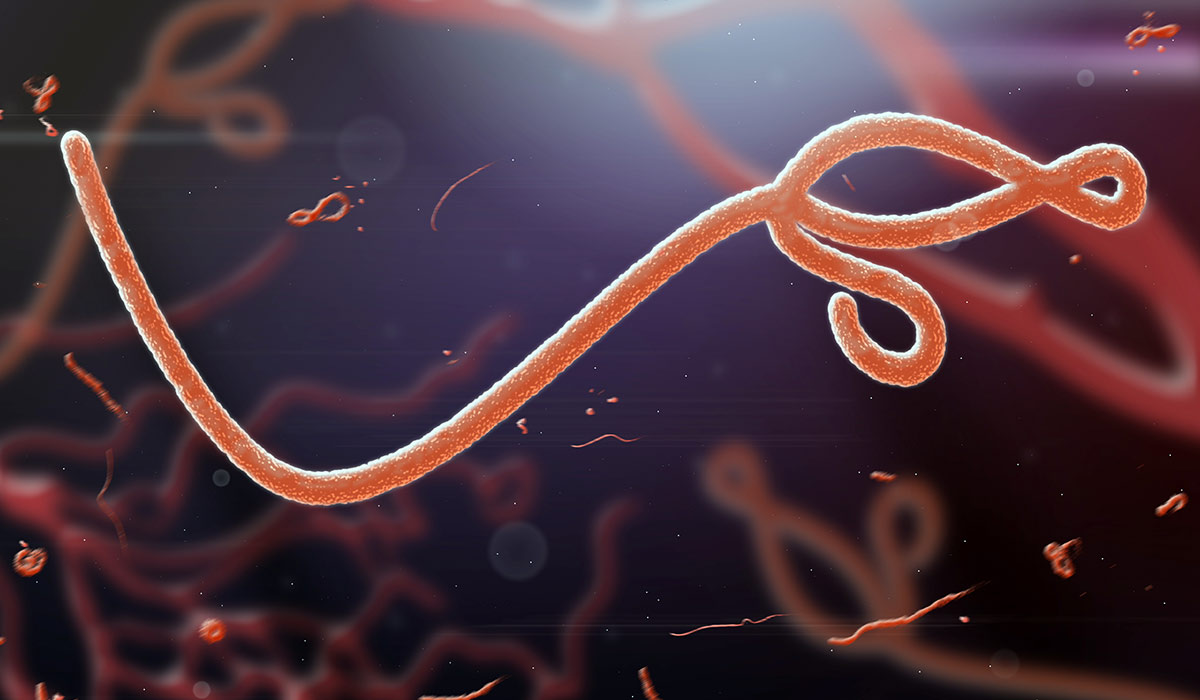
The Ebola virus continues to pose a threat to those living in Africa. Learn about the risks associated with Ebola… read more »
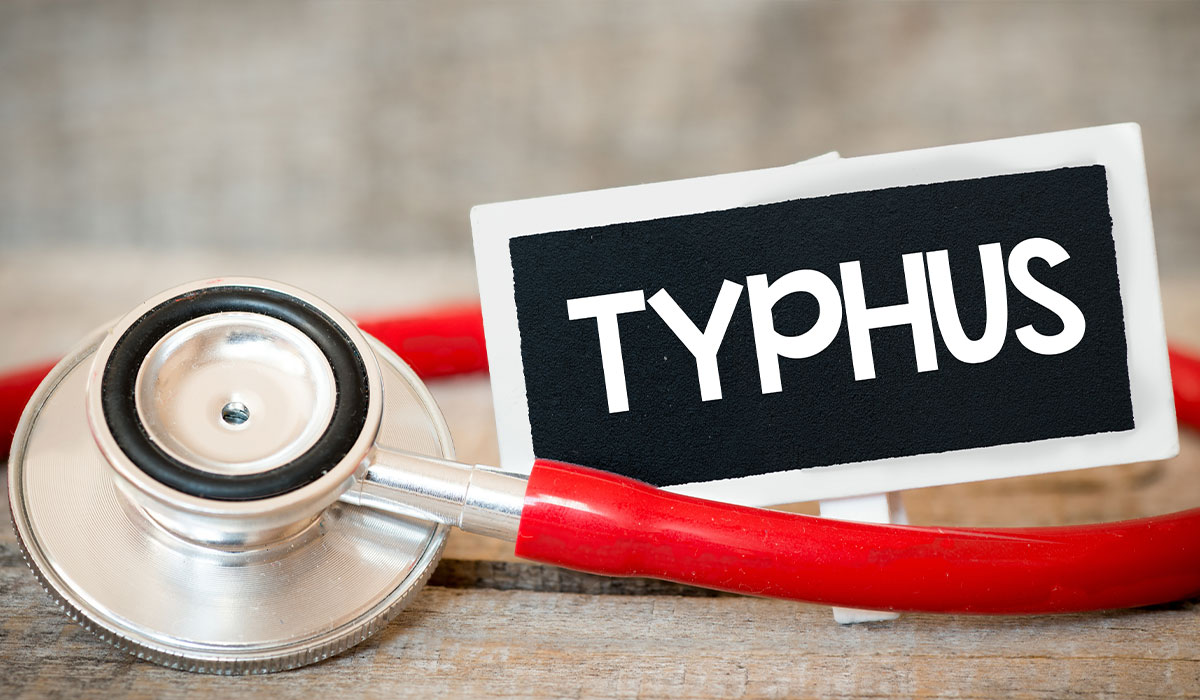
The term typhus encompasses three main types of typhus – epidemic typhus, endemic typhus, and scrub typhus. Each one of… read more »
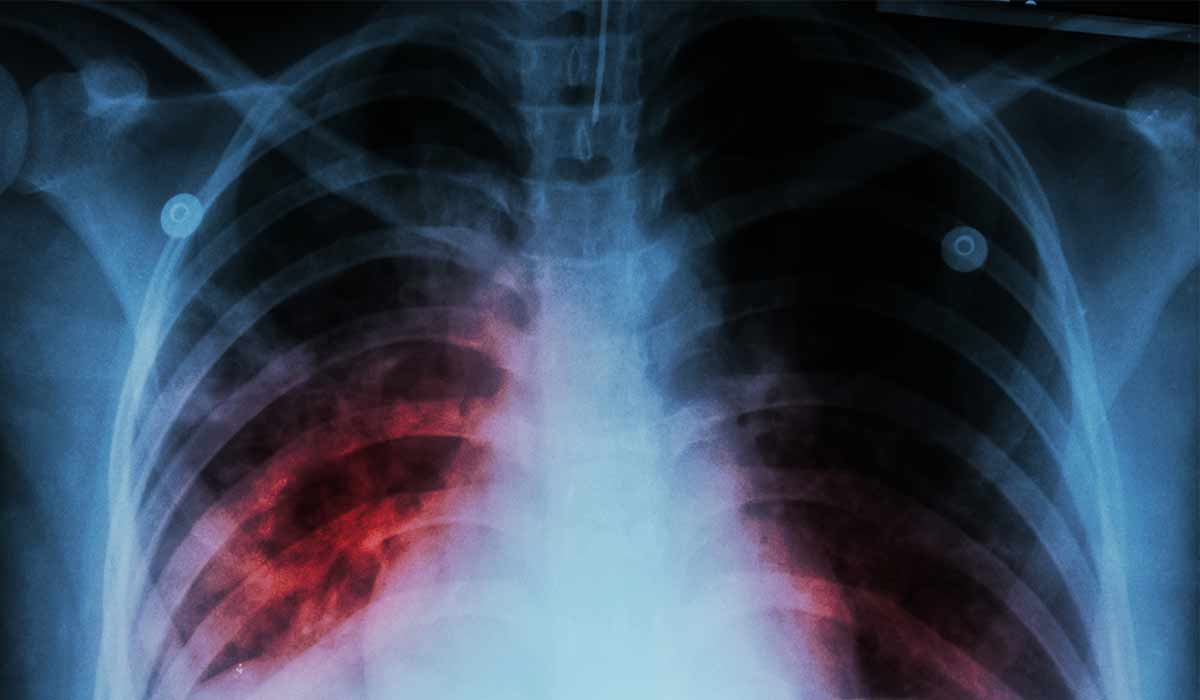
Tuberculosis is an infectious disease caused by mycobacteria. There are many types of tuberculosis with varying symptoms. Learn it all… read more »

Diarrhea is usually a symptom of a gastrointestinal infection. It is characterized by excessive excretion of stool with a loose… read more »
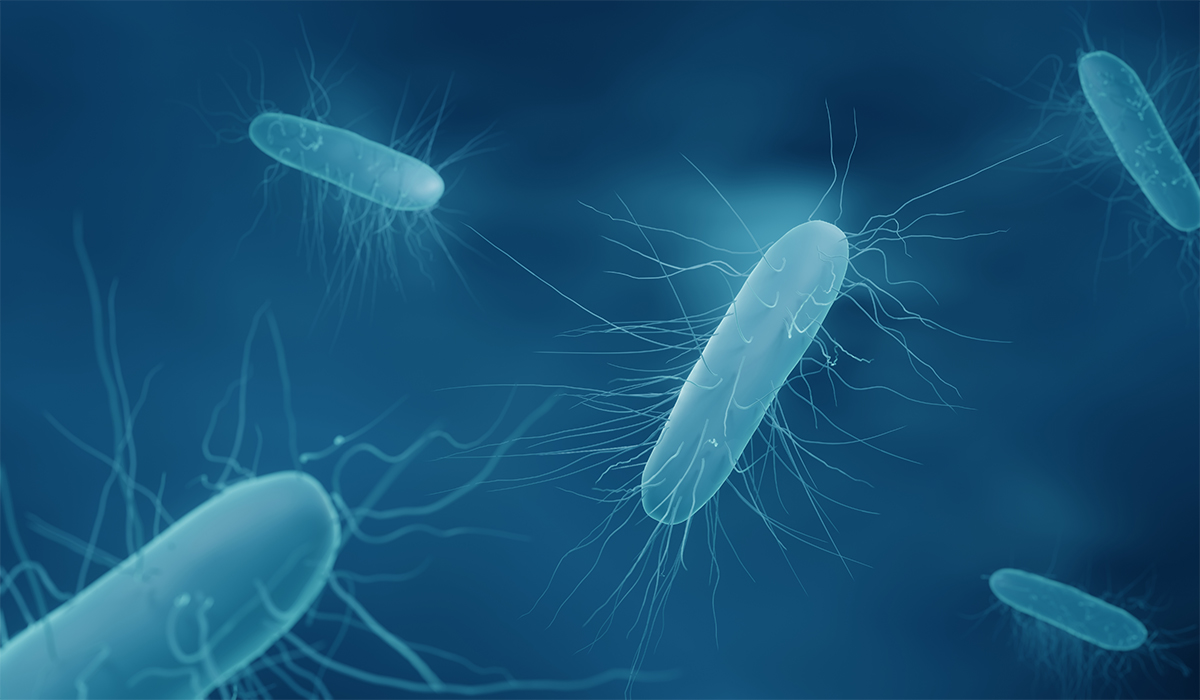
C. Diff is the abbreviated name for the bacteria that causes infections in the gut. It causes diarrhea and other… read more »

Pathogens are disease-causing germs. They can include bacteria, viruses, fungi, protozoa, and worms. How are they spreading? What diseases do… read more »
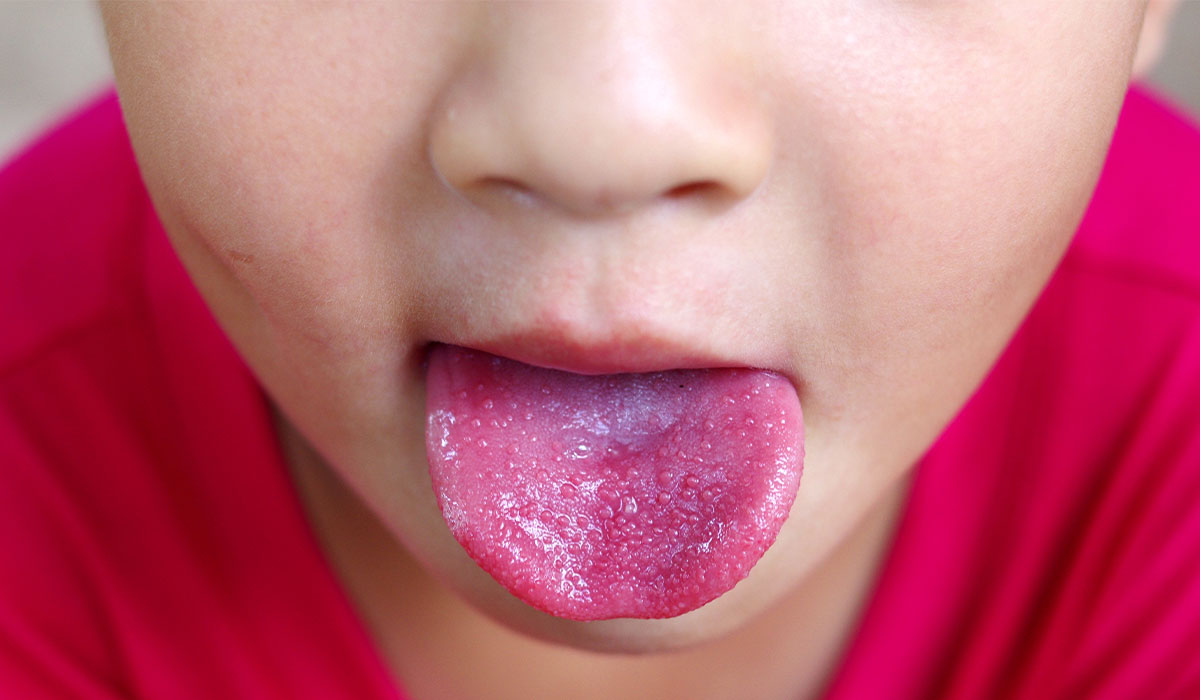
Scarlet fever is an infectious disease caused by bacteria. Infection most often occurs through droplets or contact with contaminated objects.… read more »

If food is spoiled, undercooked, or contains certain types of bacteria, toxins, or other harmful substances, it may cause food… read more »